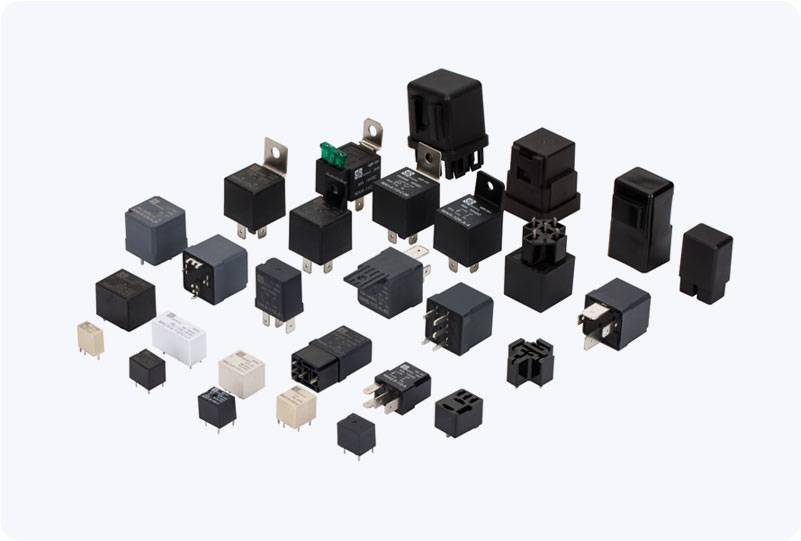In the rapidly evolving world of new energy vehicles (NEVs), the demand for advanced, efficient, and reliable components is ever-growing. As electric vehicles (EVs) continue to revolutionize the automotive industry, a key technology that plays an increasingly important role is the Solid-State Relay (SSR). Unlike traditional mechanical relays, SSRs rely on semiconductor technology to perform their switching functions without moving parts. This characteristic offers numerous benefits, especially in the demanding environment of new energy vehicles. This article explores the role of SSRs in NEVs and how they contribute to improved performance, efficiency, and safety.

What is an SSR and How Does it Work? A Solid-State Relay (SSR) is an electronic switch used to control electrical circuits. Unlike mechanical relays, which use physical contacts to open or close a circuit, SSRs use semiconductor components such as triacs, thyristors, and transistors to perform these functions electronically. This results in faster switching times, greater durability, and improved resistance to wear and tear, as there are no moving parts involved. SSR Applications in New Energy Vehicles The integration of SSRs into electric vehicles is becoming increasingly common across several critical systems. Below are some of the primary areas where SSRs provide significant advantages in the context of NEVs:
Leave a Reply
You must be logged in to post a comment.